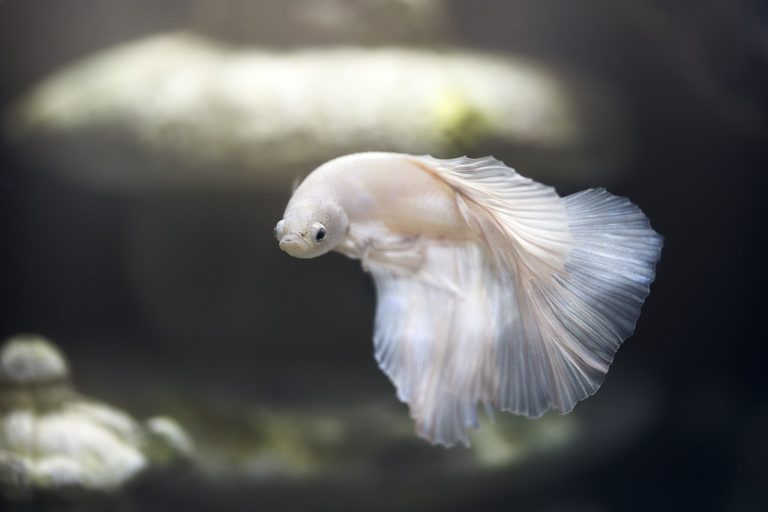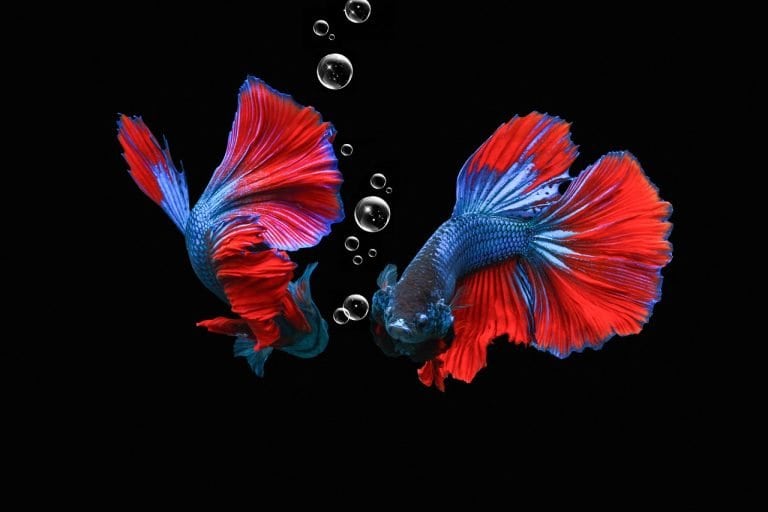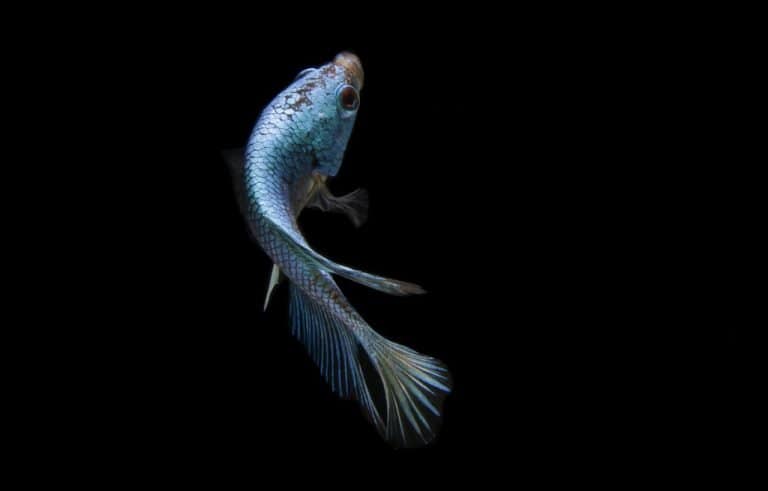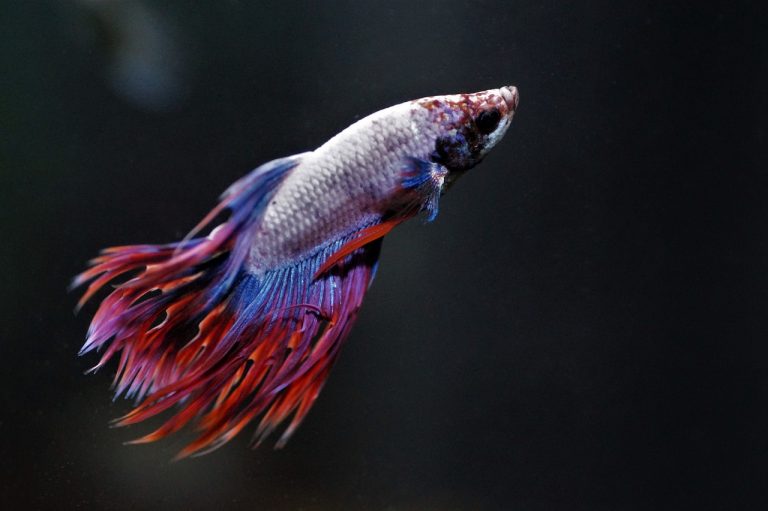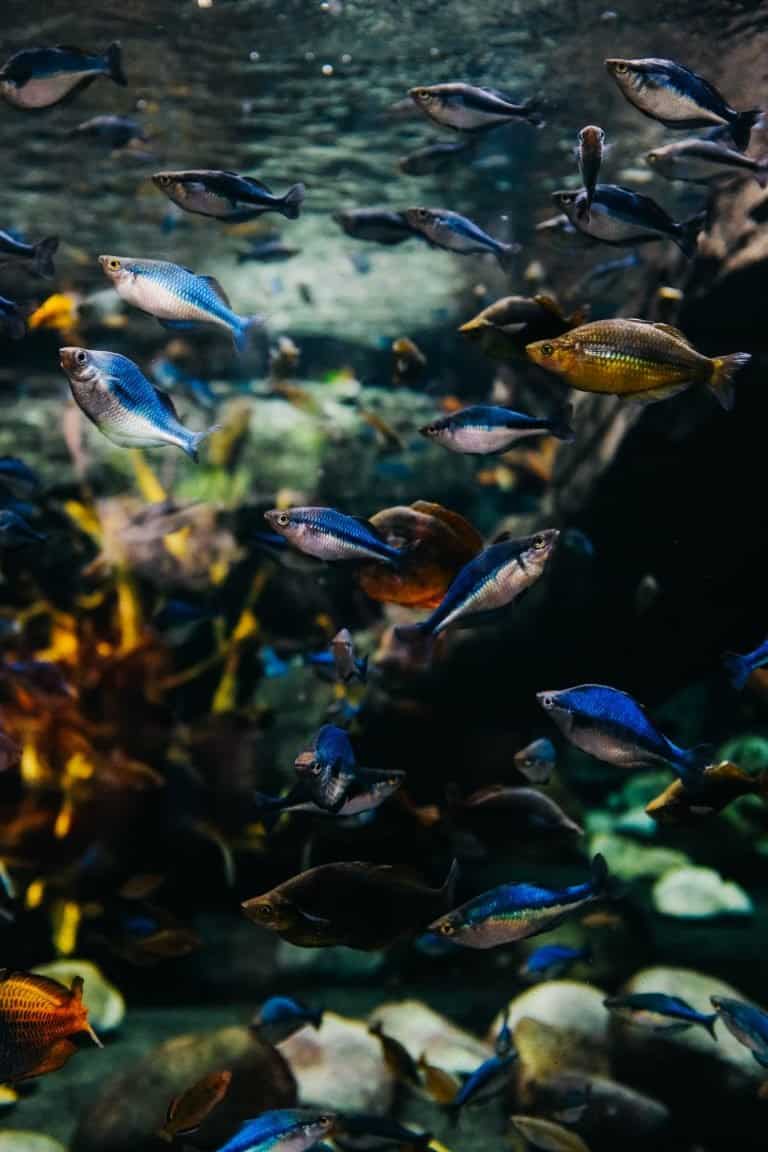Welcome to our guide on understanding and treating Popeye disease in goldfish. As fellow aquarium owners, we know the importance of keeping our underwater friends healthy and happy.
In this article, we will explore the causes, symptoms, prevention, and treatment of Popeye disease in goldfish. With our helpful tips and insights, you’ll be equipped to provide the best care for your beloved aquatic companions.
Let’s dive in and discover all there is to know about Popeye disease in goldfish!
Key Takeaways
- Poor water quality and buildup of harmful substances can cause Popeye disease in goldfish.
- Regular water changes, monitoring water quality, and providing a balanced diet can help prevent Popeye disease.
- Promptly addressing underlying causes and administering appropriate treatment is essential for treating Popeye disease.
- Popeye disease can cause discomfort, impaired vision, and potential secondary infections if left untreated, so regular monitoring and preventive measures are important for goldfish health.
Causes of Popeye in Goldfish
One of the main causes of Popeye in goldfish is poor water quality, which occurs when the levels of ammonia and nitrite in the aquarium are too high. Popeye disease is a condition in which the fish’s eye appears swollen or protruding, resembling the iconic cartoon character Popeye’s bulging eye.
As aquarium owners, it’s essential to maintain a clean and well-balanced environment for our goldfish. Regular water testing and proper filtration are crucial to prevent the buildup of harmful substances like ammonia and nitrite. These toxins can irritate the fish’s eyes, leading to Popeye disease.
Ensuring a healthy and clean aquarium won’t only prevent Popeye disease but also promote the overall well-being of our goldfish. Let’s prioritize their freedom by providing them with the best possible living conditions.
Recognizing Symptoms of Popeye in Goldfish
To properly diagnose and treat Popeye disease in goldfish, it’s important for us aquarium owners to be able to recognize the symptoms. Understanding and treating goldfish popeye is crucial in ensuring the well-being of our aquatic pets.
One of the most obvious signs of popeye disease in goldfish is the swelling of one or both eyes. The affected eye(s) may appear larger and protrude from the fish’s head. In addition to swelling, the eyes may also become cloudy or discolored.
Goldfish with popeye may also exhibit behavior changes such as reduced appetite and lethargy. It’s important to promptly treat popeye in goldfish to prevent further complications.
Preventing Popeye Disease in Aquariums
To prevent Popeye disease in our aquariums, we should regularly maintain the water quality and monitor for any signs of stress or illness in our goldfish. Taking proactive measures can help ensure the health and well-being of our aquatic friends.
Here are five important steps to prevent Popeye disease in our aquariums:
- Perform regular water changes to maintain clean and healthy water conditions.
- Use a reliable water testing kit to monitor ammonia, nitrate, and nitrite levels.
- Provide a balanced diet that includes high-quality fish food and occasional treats.
- Avoid overstocking the aquarium and maintain appropriate water volume for the number of fish.
- Create a stress-free environment by avoiding sudden changes in water temperature and maintaining good filtration.
Treating Popeye Disease in Goldfish
After identifying Popeye disease in our goldfish, we can begin treating it by promptly addressing the underlying causes and implementing appropriate measures. Popeye disease in goldfish occurs when the fish’s eye becomes swollen and protrudes from the socket, resembling a popeye. To effectively treat this condition, we need to determine the root cause. Common causes include poor water quality, bacterial infections, and physical injuries. Once the cause is identified, we can take the necessary steps to alleviate the goldfish’s suffering. The table below summarizes the treatment options for Popeye disease in goldfish:
| Cause | Treatment |
|---|---|
| Poor water quality | Regular water changes and maintaining proper filtration |
| Bacterial infections | Administering antibiotics as prescribed by a vet |
| Physical injuries | Isolating the affected fish and providing a stress-free environment |
Understanding the Impact of Popeye on Goldfish Health
Popeye disease in goldfish can have a significant impact on their overall health and well-being. It’s important for aquarium owners to understand the effects of this condition in order to provide proper treatment and care.
Here are some key points to consider:
- Popeye disease can cause swelling and protrusion of the goldfish’s eyes, leading to discomfort and impaired vision.
- The condition is often a sign of an underlying issue, such as poor water quality, bacterial or fungal infections, or nutritional deficiencies.
- If left untreated, popeye disease can worsen and potentially lead to secondary infections or even loss of vision.
- Treatment usually involves addressing the underlying cause, such as improving water conditions, administering medication, and providing a balanced diet.
- Regular monitoring and preventive measures, such as regular water changes and maintaining a clean aquarium, can help prevent popeye disease and promote overall goldfish health.
Special Considerations for Treating Popeye in Telescope Goldfish
When treating popeye in telescope goldfish, we need to pay special attention to the specific needs and vulnerabilities of this particular breed. Telescope goldfish, with their protruding eyes, are more prone to eye problems such as popeye disease. As aquarium owners, it’s important to understand the special considerations for treating popeye in telescope goldfish.
Firstly, ensure that the goldfish tank is clean and well-maintained to prevent any further infections. Regular water changes and proper filtration are essential.
Secondly, provide a balanced diet rich in vitamins and minerals to strengthen the immune system and promote healing.
Lastly, observe the affected fish closely and monitor its progress. If the condition worsens or doesn’t improve after a few days of treatment, consult a veterinarian who specializes in fish health.
Conclusion
In conclusion, understanding and treating Popeye disease in goldfish is essential for aquarium owners. By identifying the causes and symptoms, implementing prevention measures, and providing appropriate treatment, we can ensure the well-being of our beloved goldfish.
Popeye disease can have a significant impact on goldfish health, so it’s crucial to address it promptly. Additionally, owners of telescope goldfish should consider their unique needs when treating Popeye.
With proper care and attention, we can help our goldfish thrive and maintain a healthy aquarium environment.
Q: What is popeye disease in goldfish?
A: Popeye disease, also known as exophthalmia or pop eye, is a condition in goldfish where one or both of their eyes become swollen and protrude from their sockets.
Q: What are the symptoms of popeye disease in goldfish?
A: The main symptom of popeye disease in goldfish is the enlargement and bulging of one or both eyes. The affected eye may appear cloudy or have a whitish or grayish film over it. In severe cases, the eye may even bulge out of the socket.
Q: What causes popeye disease in goldfish?
A: Popeye disease in goldfish can be caused by various factors, including poor water quality, bacterial or fungal infections, physical injuries to the eye, or a result of another underlying disease in the fish.
Q: How can I treat popeye disease in my goldfish?
A: The first step in treating popeye disease in goldfish is to improve the water quality in the tank. Regular water changes and ensuring proper filtration can help reduce the stress on the fish. Along with that, adding aquarium salt to the tank can help fight off infections and promote healing. If the condition persists or worsens, it is recommended to consult a veterinarian for further treatment options.
Q: Can popeye disease be contagious to other fish in the tank?
A: Popeye disease itself is not contagious, but the underlying cause of the disease, such as a bacterial or fungal infection, can be contagious to other fish in the tank. It is important to quarantine any fish showing symptoms and treat them promptly to prevent the spread of infection.
Q: Can popeye disease in goldfish be prevented?
A: While it may not always be possible to prevent popeye disease in goldfish, there are some measures you can take to minimize the risk. Maintaining good water quality, providing a balanced diet, and avoiding overcrowding in the tank can help keep your goldfish healthy and reduce the chances of them developing popeye disease.
Q: Can a goldfish recover from popeye disease?
A: Yes, with proper treatment and care, goldfish can recover from popeye disease. However, the extent of recovery may depend on the underlying cause and the severity of the condition. It is important to address the root cause and provide the necessary treatment to give your goldfish the best chance of recovery.
Q: How long does it take for a goldfish to recover from popeye disease?
A: The recovery time for a goldfish with popeye disease can vary depending on the individual fish, the severity of the condition, and the effectiveness of the treatment. It can take anywhere from a few days to a few weeks for the eye to heal and for the fish to regain its normal appearance.
Q: Is popeye disease a common disease in goldfish?
A: Yes, popeye disease is a relatively common disease in goldfish. It can occur in both fancy goldfish breeds and common goldfish varieties. However, with proper care and maintenance of the tank, the risk of developing popeye disease can be minimized.
Q: Can popeye disease lead to permanent damage to a goldfish’s eye?
A: In some cases, popeye disease can cause permanent damage to a goldfish’s eye, especially if the underlying cause is not properly addressed or if the condition is left untreated for an extended period of time. It is important to seek treatment as soon as popeye disease is noticed to prevent further damage to the eye.
Q: What should I do if my goldfish is suffering from popeye disease?
A: If your goldfish is suffering from popeye disease, it is recommended to take the following steps:
– Check and improve the water quality in the tank.
– Add aquarium salt to the tank to help fight off infections.
– Consider isolating the affected fish to prevent the spread of disease.
– Monitor the fish closely and consult a veterinarian if the condition does not improve or worsens. te treatment is essential for treating Popeye disease.
